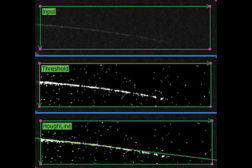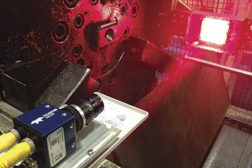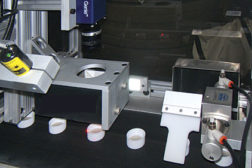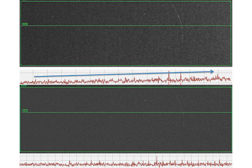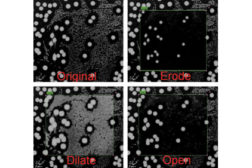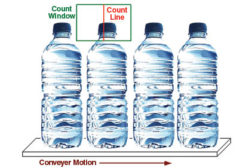Ben Dawson
Ben Dawson is Director of strategic development for Teledyne DALSA Industrial Products Inc. Ben.Dawson@TeledyneDalsa.com.
ARTICLES
Use good lighting and image preprocessing to get a strong signal before applying the Hough Transform.
Read More
Smart Cameras
Smart Cameras: Yesterday, Today and Tomorrow
What to look for in a smart camera today and what to expect in the future.
May 1, 2014
Measurement
Measuring Thickness
It can be a bit more complicated than you’d expect.
March 3, 2014
Detecting Cracks and Scratches
Machine vision aids in resolving surface flaws.
December 10, 2013
Vision & Sensors - Inspection Software
Image Morphology
Using mathematics for modifying, classifying, and measuring object shapes in images.
July 8, 2013
Stay in the know with Quality’s comprehensive coverage of
the manufacturing and metrology industries.
eNewsletter | Website | eMagazine
JOIN TODAY!Copyright ©2025. All Rights Reserved BNP Media.
Design, CMS, Hosting & Web Development :: ePublishing
